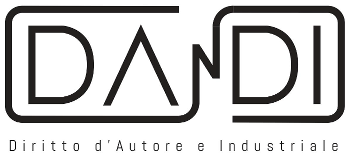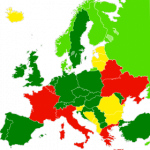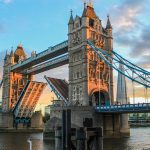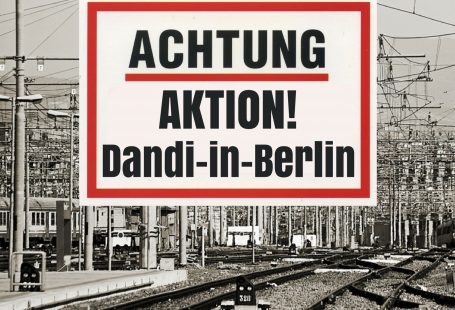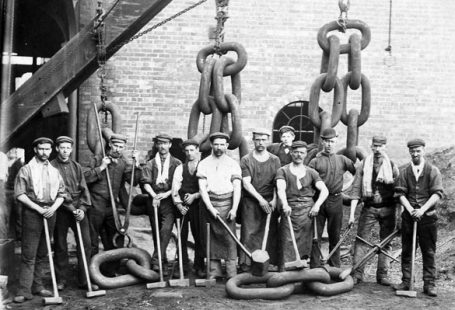Freedom panorama France Germany (by Domenico Piero Muscillo).
In France there is no kind of legal provision that declares the existence of freedom of panorama neither for sculptures nor for architectural works or for 2D artisan artworks which exceed the “limitation to the criteria of originality” (limitation au critere d’originalite).
Recently the Tribunal of Great Istance of Lyon declared the necessary application of copyright law to artworks exposed in public spaces.
Referring to buildings, case law has identified different, strict, criteria in order to define the “ limitation to the criteria of originality”. The Industrial Property Code provides at Article 111 and subsequent articles the paramount principle that provides the author of an intellectual work the right to enjoy his/her creation. Article 122, at the 1^ paragraph, provides that the right to use his/her work, given to the author, includes the right to represent and to broadcast. Article 122, at the 3^ paragraph, in particular defines the characteristics of broadcasting, which consists in making an opera be known, even in an indirect way. There are different ways to popularize an opera and photography is included.
In the case of architectural works, reproduction consists in a repeated execution of a project. Article 122, 4^ paragraph, plays a very important role, in the Industrial Property Code because it declares the illegality of any kind of reproduction, complete or partial, made without the author’s consent or of his/her heirs.
The French legal system protects copyright both from a moral and economic point of view, however there is a particularity concerning its most important monument, that regards taking photos. It does not represent a problem taking photos, for personal use, by night to the Tour Eiffel. Problems appears when there is a purpose to popularize these photos on the Internet, in particular posting them on social networks due to the fact that under the French law, these are not considered personal activities. The Tour Eiffel is an architectural opera, on which copyright protection has ended, because article 123, 1^ paragraph, of the Industrial Property Code declares, as the same of Italy, that the copyright protection period lasts only for a period of 70 years from the author’s death. The issue that has caused a lot of discussion in Europe is that there is no more possibility to take photos, to the lightened Tour Eiffel, and to post them on social networks. The images representing the Tour Eiffel taken by day are not protected by copyright (they are rights-free) instead photos taken by night need an authorization in order to be published.
The issue, has been at the center of numerous legal process and it was the core-theme of a decision held by the French Court of Cassation, which has definetely declared this right in favour of SNTE (Société nouvelle d’exploitation de la Tour Eiffel), to which copyright fees for the photos taken by night have to be payed, unless the Tour represents only an element of a panoramic photo which includes other monuments. A different kind of case law admits exceptions if the artwork, subject to copyright, is accessory to the main building represented. For this reason, the decision n. 567/2005 of the Court of Cassation, did not grant the right to authors, of artworks installed in a public square, to be guaranteed because they were represented in photos reproducing the entire square.
Another different case law declares that the aforementioned artworks have not to be included purposely as like a scenographic element because its presence in the photo should be, if it is possible, avoided. Courts are for tradition predisposed in accepting photos which represents cityscapes.
In Germany, instead freedom of panorama is in act.
According to Article 59 of the“Urheberrechtsgesetz”, (German Copyright Law), it is possible to shoot photos or to reproduce artworks that are exposed, permanently in open spaces, in streets and in squares. It is permitted, furthermore, to distribute and to publish copies. Artworks must meet two different kind of characteristics: “a permanent nature” and “exposed to public”. The german development in this topic is one of the most knowned and it is known in Germany as“Panoramafreiht” (this word could be translated, in a rough way, as “panorama of liberty” despite how it is pronounced in english “freedom of panorama”).
There are three interesting judicial decisions that have to be analyzed:
- the first one concerns the Brandeburg Regional High Court and the German Federal Court of Justice, that both in 2010 declared that freedom of panorama is not applicabile in case of photos taken inside parks.
These parks according to the state law. belong to foundations. The photographed objects could only be seen from the inside. The Brandeburg Regional High Court, decided to hold the decision in appeal (without deciding on the specific issue concerning freedom of panorama). The Court declared that: “parks and all the inner roads, from where photos have been taken, can not be qualified as public”.
According to this, it is not considered sufficient that parks, which are fenced, are accessible with purpose through gaps which remain open all day.
The High Regional Court noticed that even if gaps were closed during nightime this does not necessarily mean that the park could not be considered “public”, but on the contrary, it had to be considered the statute which regulates the purpose of foundations.
The public purpose is remarked by the different type of concepts, like cultural, educational and recreative.
The inner roads are not used for general traffic, but they are used to guide visitors inside. In addition the High Regional Court believed that buildings, inside the park, were built for the royal/imperial family and not for tourists.
- the second one concerns a case decided by the High Regional Court of Cologne in 2012. This decision regards a famous writing, “Liebe deine Stadt”, (considered an artwork) installed for more than 5 years on a building roof, that was qualified as a case which falls within freedom of panorama.
The Court in its decision refers to the 2002 decision, “Wrapped Reichstag”, of the Federal Court of Justice, which concludes declaring that according to these standards, it cannot be negated that the opera is exposed permanently in a public space – not considering the suitor’s conclusions based on the fact that the owner granted the permission only for one year or for few consecutive years and bearing in mind the particular characteristics of the installation.
To date, the artwork has been in the same place for five years, and this is considered a period of time longer than a temporary art exhibition. Its removal could be considered equivalent to the destruction of an artwork, even if the symbol would be used in another place.
- the third law case regards a decision pronounced by the Regional Court of Mannheim in 1997. The case concerns a sculpture, entitled “Holbeinpferd”, created in 1936 and in origin was not coloured. Over the years, the aforementioned sculpture, depicting a pony, was painted and modified (without author’s consent).
This phenomen raised in the last years. The accused has also published photos of the statue in its modified version and has also modified them by using a computer. The Court, decided that freedom of panorama had to be applied, but given that the statue has been modified in a digital way, Article 62 of German Copyright Law has been infringed.
Dandi Law Firm provides legal assistance in several Practice Areas. Check out our Services or contact Us!
